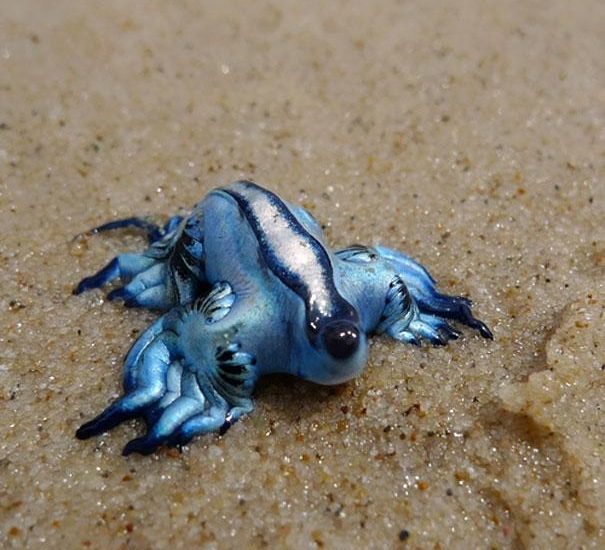Domestic and wild animals found in parks or zoos receive a lot of attention. They are always on documentaries, TV shows, and news. However, new and astonishing species are discovered every day to the astonishment of scientists. For the best biology homework help, contact professional assistants who will assist you in producing the most captivating paper.
The reason some of these animals are unknown is because of their size. However, scientists have discovered species of existing large animals with amazing features. Here are ten animals whose existence is baffling.
- Red Lipped Batfish
The creature looks more like a bat in water with its lipstick on. Though it is found in water, the bat cannot swim well or is too lazy to learn. It was discovered at Galapagos Island to the amusement of the scientists studying the ocean floor. The batfish has transformed its pectoral fins into legs for walking on the ocean floor.
- Glaucus Atlanticus
This is a magnificent creature also found in the ocean. The animal falls under the blue sea slug species and is also referred to as the blue dragon. It loves the warm sea waters and will use an air suck on its stomach to swim around. It is one of the latest and most beautiful discoveries in the animal kingdom.
The dragon is recognizable because of its black and blue shade. Instead of legs, it appears to have decorated fins that help it to make a movement. The male is larger and lighter in color while the female is shorter and comes in a dark blue shade.
- Pink Fairy Almadillo
The animal was first described in 1825 by Richard Harlan. It is adapted for the Argentine sandy deserts and the surrounding grasslands. It is the smallest species known yet from the armadillo species.
Only two species of the Almadillo family remain today. They are recognized because of the reduced eye sizes and enhanced forearms, used for digging out food in the soil. It is also in a category of animals whose external ears are not visible. The species are elusive and would require a miracle to sight.
- The Smallest Snail Discovered On Earth
The smallest snail in the world measures only 0.7 millimeters. It can be found in the Borneo region on the islands of this area. The snail is so small that you cannot recognize it with your naked eyes. It took scientists high powered microscopes to study the snail.
Acmella Nana is thought to live on fungi and bacteria film. It is one of the strangest animals finds in recent years. The snail was found among 48 other snails that were described intensely during the study.
- Venezuelan Poodle Moth
The moth was discovered in 2009 during a field research visit by Dr. Arthur Anker. The researcher did not provide sufficient information about the moth. It is adorable and caught the attention of the internet upon revelation.
It is difficult to keep a straight face when looking at the animal. However, it appears to have a soft picturesque feel around it. The images captured did not provide scientists with the chance to offer more description.
- The Pacu Fish
The Pacu Fish is astonishing to imagine because of its teeth. Residents of Papua New Guinea named this fish as the ‘balls cutter.’ The fishermen got worried about the safety of their balls once they got into the water.
The scull would easily resemble that of a human being. The fish even has a nose on either side of the head. The teeth would do with some toothpaste because they look exactly like those of a human being. It is one of those creatures you would not want to catch by surprise.
- The Giant Isopod
Deep-sea gigantism is a process that results in extremely large creatures. It is attributed to the availability of sufficient foods as well as the absence of prey. This phenomenon has resulted in the rise of the Giant Isopod.
The giant is related to shrimps and crabs. The isopod can be found in deep-sea waters of the Indian, Pacific, and Atlantic oceans. The isopods compare to their pull bug relatives.
- The Saiga Antelope
It is recognized for its unusually elongated nose. The nose is also flexible and appears like a proboscis. It can be found in the Eurasian Steeple.
- Bush Viper
This is a nocturnal hunter found in the African tropical forest. Its skin looks like that of a chameleon and is a carnivorous predator. You might not notice it on the trees because the skin looks like carefully laid leaves.
- The Blue Parrot Fish
The sea is blue, but no one expected to see a bluefish. It spends most of the time searching for food and appears to have a raw of teeth on either jaw. It appears surprised to see humans that can swim.
The world has not seen the last of weird animals. Each year, a collection of these strange animals is released. They get weirder over the years.

